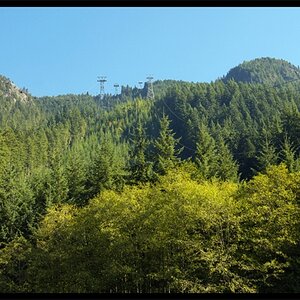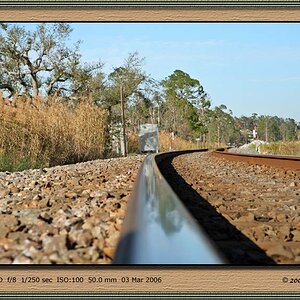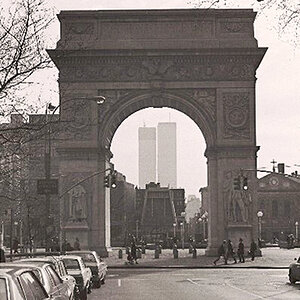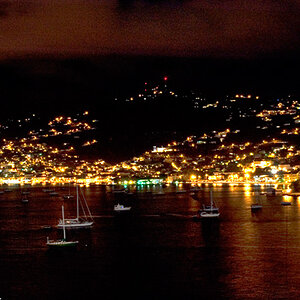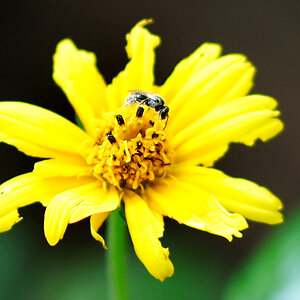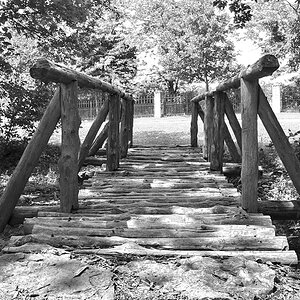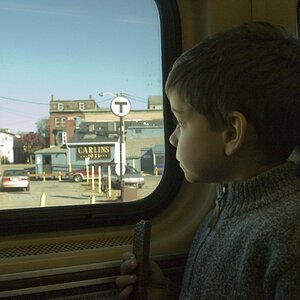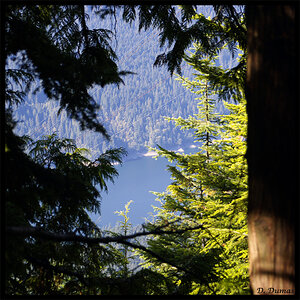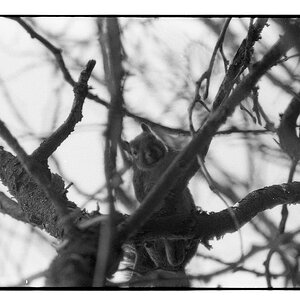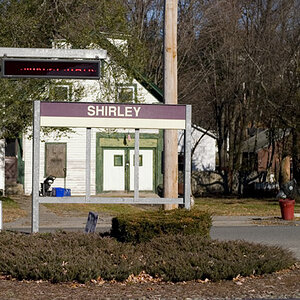Sw1tchFX
TPF Noob!
- Joined
- May 3, 2006
- Messages
- 7,499
- Reaction score
- 478
- Can others edit my Photos
- Photos NOT OK to edit
OK, so I read about this a coupla weeks ago, but haven't actually had the time to go and test it out, but found a little time tonight and I happened to have my camera with me at the same time. Although the example picture I have isn't that great, it will work with what i'm about to show you.
At least it's better than something in my house
Nikon D700, Nikkor 50mm f/1.4G AF-S @ f/4, Mirror Lock up, 8 seconds, ISO 100. Converted in Lightroom 3 beta, no noise reduction at all.

OK...so here's the idea, some of you may already know this already, but i'm assuming most don't.
Below I have two pictures. one was shot at ISO 100 (Lo 1), and the other was shot at ISO 1600, scrutinize them carefully:


Not a whole lot of difference is there?
aside from slightly better noise in the ISO 100 shot and slightly different highlight tonality in the ISO 1600 shot, they're about the same.
But they're shot at ISO's that are 4 stops apart!
The concept is called image stacking. Image stacking has been used for years with most people who do astro photography as a way to combat amp noise in exposures that are in the realm of minutes or hours.
If you shoot with a Nikon D90, D2/3/700, D2h/x or D3/s/x, you can do this in camera without Photoshop.
So here's the same shot three times:
----ISO100----

----ISO1600----

----ISO1600 Stacked----

Well how do you do it?
Of course, put the camera on a sturdy tripod.
Rack off a picture at a higher ISO with obvious grain so you have something for reference.
On your Nikon hit Menu on the back of the body.
Go to Shooting Menu=>scroll down to Multiple Exposure=>than you want your Number of Shots set to 10 (if you can't do 10, do as many as you can), and Auto Gain set to ON.
Rack out however many images you set it to and take a look!
The result should be dramatic.
With this technique, using the D700 and D3, ISO 1600 with 10 shots looks about like ISO 100-200, ISO 6400 looks more like 400-800, and 12,800 aside from banding, and slight hue shifts looks alot like 1600.
a normally 10 second long exposure just takes a few 1/2 second or so long exposures, and at the same time, you avoid hot pixeling from heat, and different dynamic range in the highlights.
So yeah, if you've got any of the cameras I listed, give it a shot!
At least it's better than something in my house
Nikon D700, Nikkor 50mm f/1.4G AF-S @ f/4, Mirror Lock up, 8 seconds, ISO 100. Converted in Lightroom 3 beta, no noise reduction at all.

OK...so here's the idea, some of you may already know this already, but i'm assuming most don't.
Below I have two pictures. one was shot at ISO 100 (Lo 1), and the other was shot at ISO 1600, scrutinize them carefully:


Not a whole lot of difference is there?
aside from slightly better noise in the ISO 100 shot and slightly different highlight tonality in the ISO 1600 shot, they're about the same.
But they're shot at ISO's that are 4 stops apart!
The concept is called image stacking. Image stacking has been used for years with most people who do astro photography as a way to combat amp noise in exposures that are in the realm of minutes or hours.
If you shoot with a Nikon D90, D2/3/700, D2h/x or D3/s/x, you can do this in camera without Photoshop.
So here's the same shot three times:
----ISO100----

----ISO1600----

----ISO1600 Stacked----

Well how do you do it?
Of course, put the camera on a sturdy tripod.
Rack off a picture at a higher ISO with obvious grain so you have something for reference.
On your Nikon hit Menu on the back of the body.
Go to Shooting Menu=>scroll down to Multiple Exposure=>than you want your Number of Shots set to 10 (if you can't do 10, do as many as you can), and Auto Gain set to ON.
Rack out however many images you set it to and take a look!
The result should be dramatic.
With this technique, using the D700 and D3, ISO 1600 with 10 shots looks about like ISO 100-200, ISO 6400 looks more like 400-800, and 12,800 aside from banding, and slight hue shifts looks alot like 1600.
a normally 10 second long exposure just takes a few 1/2 second or so long exposures, and at the same time, you avoid hot pixeling from heat, and different dynamic range in the highlights.
So yeah, if you've got any of the cameras I listed, give it a shot!


